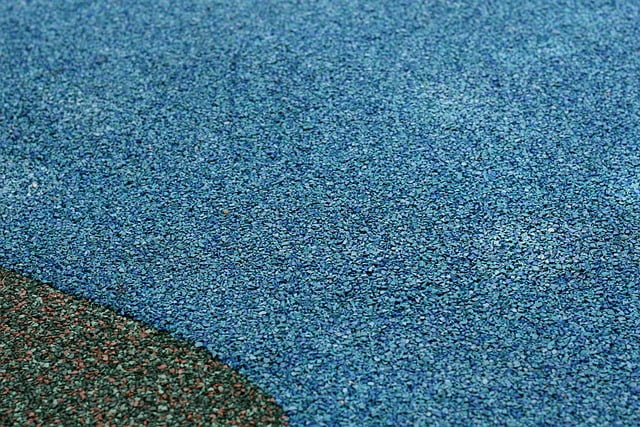
Future playgrounds will continue to be designed with safety, accessibility, and inclusivity. They will include various activities to engage children of all cognitive and physical abilities with the help of Rubber Rock Surfaces.
To prevent long bone injuries, playground equipment will be lowered to the ground with a soft surface underneath to catch falls. Old-style merry-go-rounds will be replaced with spring-loaded ones that can’t trap kids underneath.

Safety First
As playgrounds of the future evolve with technological advances and a better understanding of human development, safety will be top of mind. Adding soft surfaces and impact-absorbing equipment to mitigate injuries is one way to achieve this. Incorporating intelligent sensors and monitoring systems could also reduce accidents.
With an increasing emphasis on inclusive design, future playgrounds may incorporate more wheelchair-accessible equipment and sensory-rich areas. In addition, they might be more likely to include interactive educational displays that teach children about science, history, or art.
While it’s important to factor in modern design trends when planning a playground, keeping them from crowding out the goals and parameters you’re working with is equally important. It’s best to remember that design trends change over time, and what appeals to kids today may not be what interests them in the future. This is why it’s always good to consider a playground a long-term investment and focus on what will benefit the community.

Durability
When it comes to playground surfacing, durability is important. A rubber rock surface is an excellent option because it is made from high-quality materials and provides more support than concrete. This helps to prevent injuries from falling off of equipment. Plus, it can withstand heavy loads and still look great.
In the future, playgrounds will likely be designed to incorporate more educational elements that promote learning through play. This may be through displays that teach kids about science, history, or art. It could also be through interactive games that encourage cognitive development.
As our society becomes more inclusive, the shape playgrounds take will also evolve. This could include wheelchair-accessible equipment and sensory-rich areas. It also means more thought is put into the design as a whole rather than just picking items off a shelf that tick all the boxes.
Ease of Maintenance
Some playground surfaces require extensive maintenance, which can be costly over a long period. This can be especially true if the playground is large or multiple types of surfaces are used in one area.
However, with a rubber rock surface, maintenance is simple and cost-effective. Using a standard leaf blower, it’s easy to blow off any dirt, leaves, or twigs that may fall on the surface. It is also very easy to clean up any spills or messes.
A modern playground should accommodate different age groups, with equipment suitable for their abilities and needs. This helps to avoid children getting injured by playing on equipment that is too advanced for them or by being crowded into areas of the playground not suitable for their age. It’s also important to keep sightlines clear, so teachers, parents, or other supervisors can monitor all activities easily. This can be achieved by distributing high-use equipment throughout the site instead of clogging it into one spot.
Environmentally Friendly
From clever slide sculptures to hide-and-seek-inspired teahouses, these playgrounds are designed to engage children of all abilities. This is important, as studies have shown that kids who don’t play regularly can experience a range of negative physical and emotional outcomes.
Rather than concrete for safety surfacing, playground designers use rubber rock surfaces that offer more flexibility and sponginess than traditional hard playground surfaces. The sponginess of these surfaces helps prevent injuries from falling equipment or other objects, while the material’s durability means it can stand up to years of trampling.
With environmental concerns high on the agenda of many parents (not least Greta Thunberg), sustainability will likely be a core element of future playgrounds. This will probably mean focusing on re-using existing equipment, using recycled materials, and incorporating water features that encourage biodiversity. More emphasis should be placed on socially inclusive equipment.

